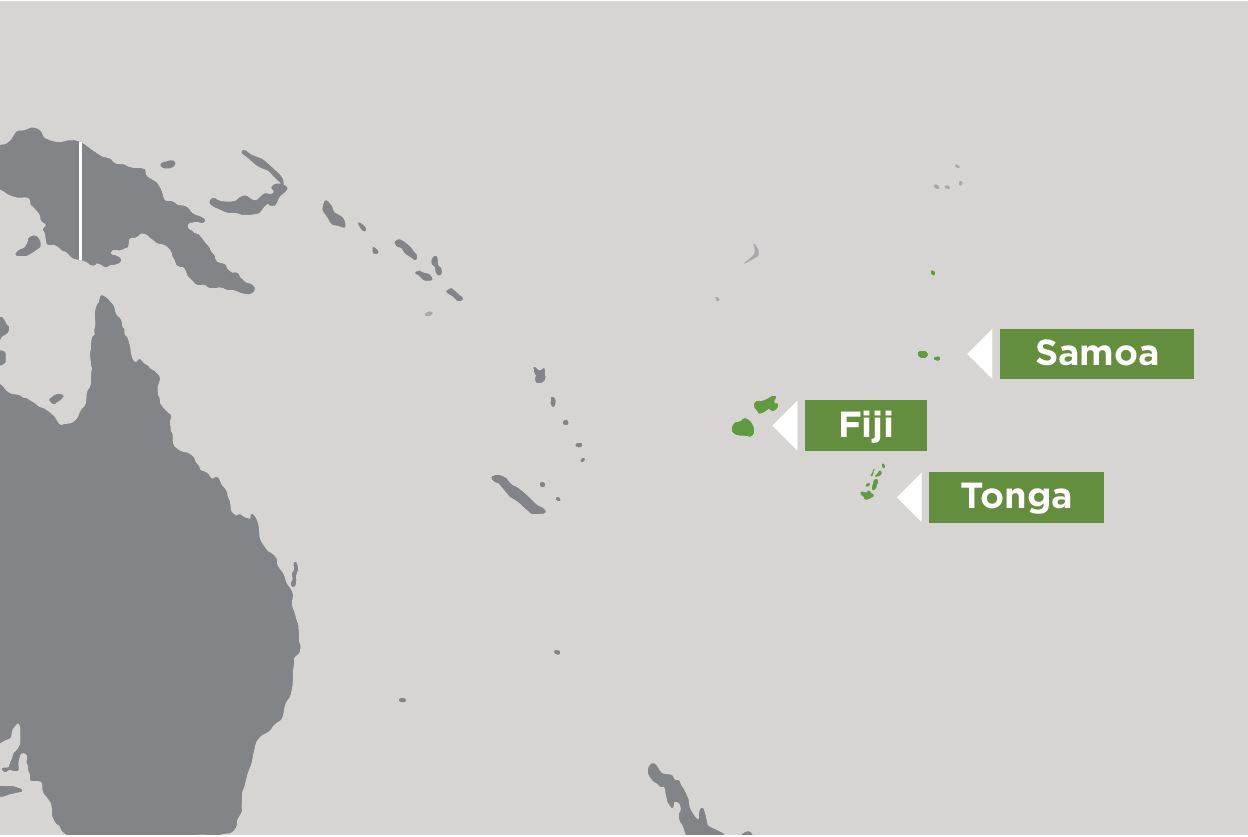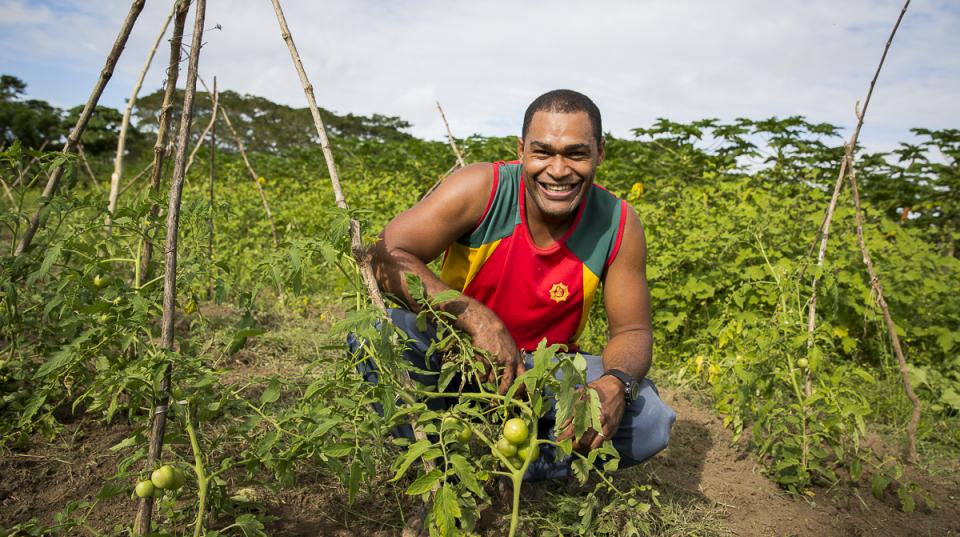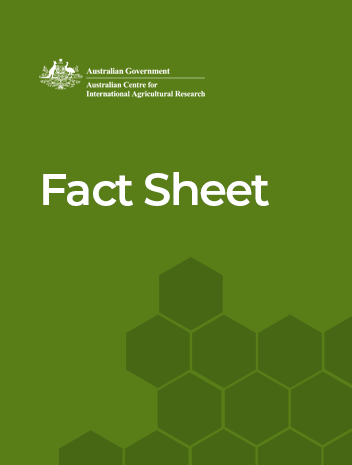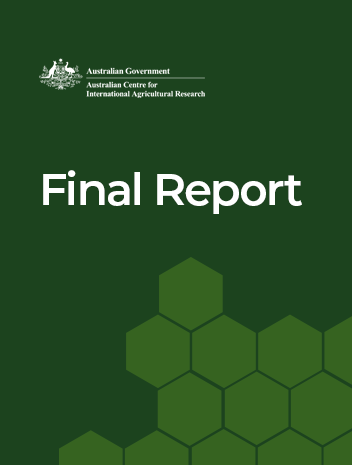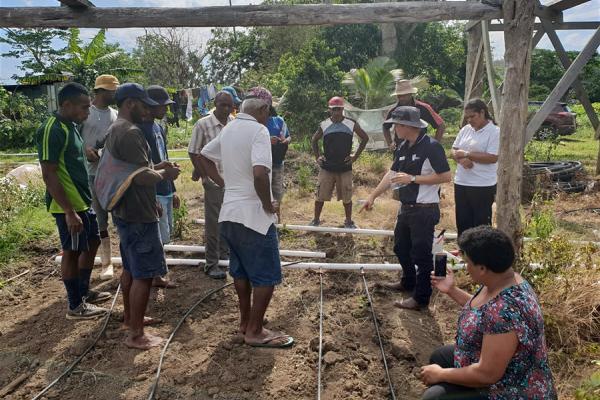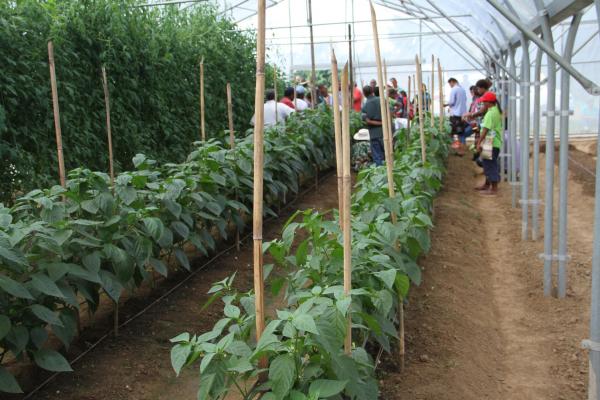Overview
This project aimed to strengthen value chains for high-value vegetables through innovations in technology and business organisation, and to increase and consolidate smallholder growers’ capacity.
Vegetable production in the Pacific Islands does not match local demand. Imports supplying high value hospitality and food service markets contribute to Fiji experiencing a shortfall of several hundred tonnes per year.
In Fiji, Samoa and Tonga, protected cropping systems for small- and medium-scale farmers is a new and potentially transformational technology for vegetable production. However, issues in both biophysical and socio-economic areas need to be resolved to enable broad adoption and positive livelihood outcomes.
Establishing coordinated, small-scale grower groups and supporting them to develop business and marketing skills can help smallholders gain and maintain access to high value markets.
This project aimed to evaluate key technologies and production practices to enable protected cropping; increase adoption of protected cropping in market-oriented value chains for out-of-season vegetable production; and identify strengths and weaknesses of different market-oriented vegetable value chain configurations and build capacity of players.
Project outcomes
- Increased capacity of project participants to adopt innovative cropping systems, and capability to encourage adoption of the technologies among other smallholder farmers.
- Increased business skills and value-chain connections for smallholders to progress from opportunistic seasonal production to full-scale agribusiness and production of vegetables for targeted markets.
- Increased capacity to ensure consistent supply and product quality to meet market specifications.
- Improved livelihoods of vegetable growers and their communities as vegetables become a high-value cash crop with a longer production season.
- Improved health and lifestyles through increased domestic availability of vegetables.
- Greater business opportunities in production and input provision for the protected cropping systems.
